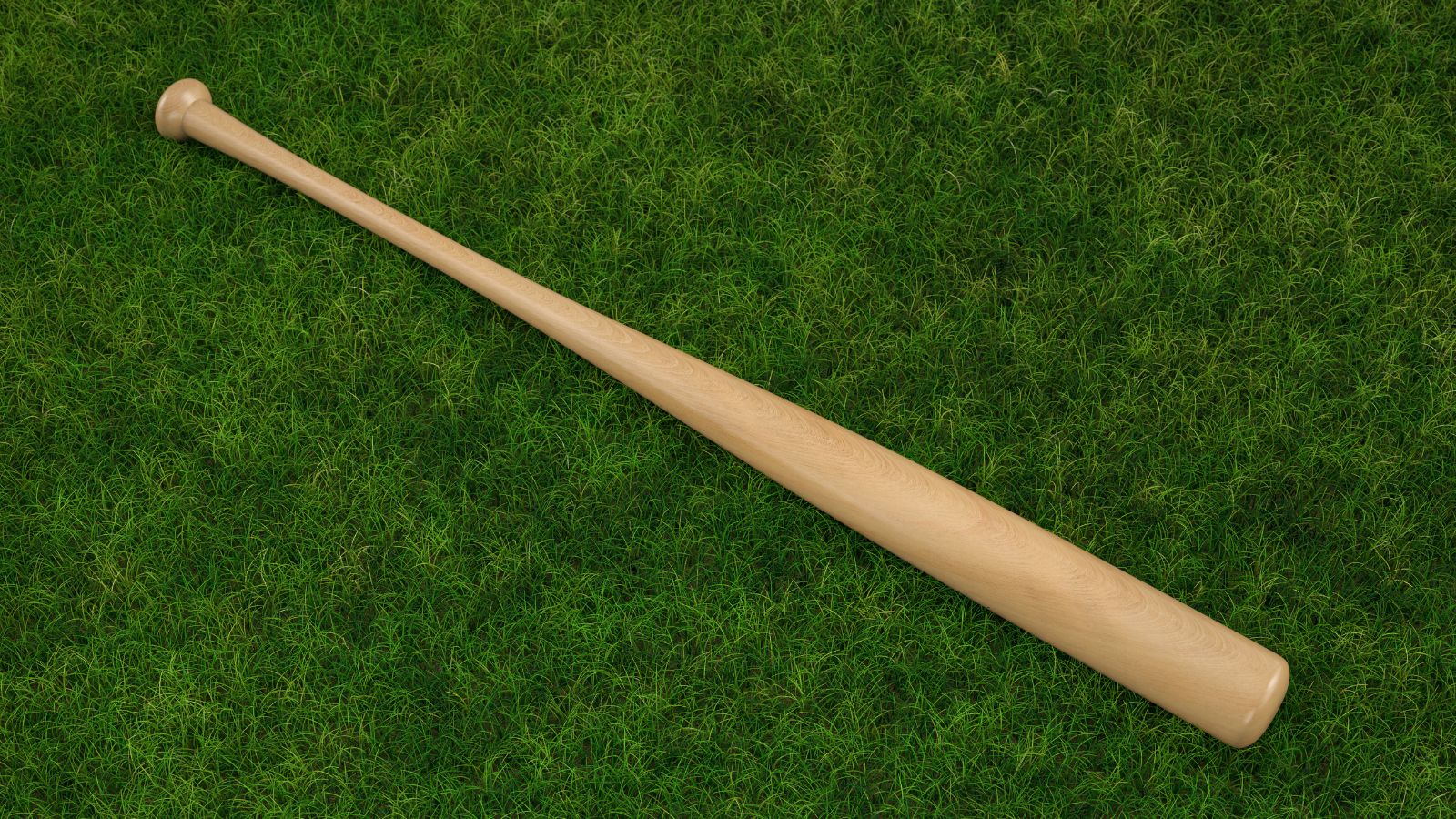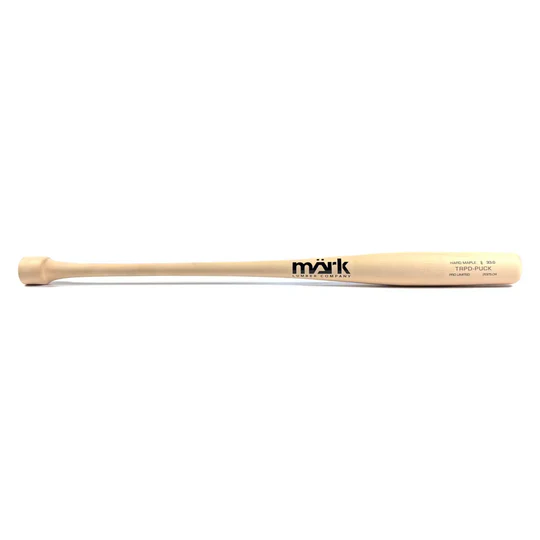Torpedo bats look almost fanciful at first sight, a ripe barrel with a bulge in the place of a sweet spot and narrowing to a point that looks like a graceful bowling pin. However, in 2025, they are causing quite a splash outside of novelty with this design. Torpedo bats have been in the spotlight lately because they are capable of enhancing hitting strength and accuracy, and they do this without violating the rules and regulations of Major League Baseball. The development of bats in design is sparking interest among players, coaches, and supply companies in how innovation in equipment can impact the game.
How Torpedo Bats Work: A Physics-Driven Redesign
The torpedo bat has its secret in the clever redistribution of the weight. Rather than distributing the barrel mass evenly, engineers have made the barrel of the bat thicker, 6-7 inches above the tip, which has been found to be the spot where most hitters have struck the ball. The thinner taper at the end cap minimizes weight at the farthest point of the bat, allowing for a much faster swing without compromising form throughout the hitting zone. This profile adds strength and facilitates greater exit velocity, along with more consistent contact, by increasing the moment of inertia in the sweet spot.
MLB Debut: Yankees Spark the Trend
Back in the New York Yankees, they introduced the torpedo bats into the spotlight when they were off to a record-breaking start to the 2025 season. During their initial run, the Yankees had 15 homers, the highest in the franchise history, with nine of the homers launched by the torpedo bat swing. The major contributors like Anthony Volpe, Jazz Chisholm Jr., Cody Bellinger, Paul Goldschmidt, and Austin Wells made this new bat model a league-wide headline issue. Their play provided evidence that this was no mere gimmick — it was a legitimate weapon in terms of competitive action.
The League Reacts: Widespread Experimentation
This was originally an experiment by the Yankees, but soon enough, everyone was trying to cash in. The teams, such as the Baltimore Orioles, Tampa Bay Rays, Chicago Cubs, and Minnesota Twins, started to introduce torpedo bats into their equipment rotation. Such went the word of mouth even among younger players, with rookie Colson Montgomery of the Chicago White Sox launching his first career home run via one. Batting coaches and hitting analysts across the league are testing the design in both live games and batting practice, seeking quantifiable improvements in performance.
Performance Metrics: Do Torpedo Bats Deliver?
Pioneer statistical work draws a curious picture. Of players that have switched to the torpedo bat at least 20 times at the plate, about 56 percent have seen their home run percentage per at-bat improve by 20 percent or more. Furthermore, 61 percent had increased their average exit velocity, and they did so by an average of 0.48 mph, which may seem like a small amount, but is notable when stepping up to the professional stage. This increase in performance suggests that the design may offer both psychological and biomechanical advantages to the hitters.
Controversy & Caution: Is the Shift Fair Play?

Everyone is not willing to declare the torpedo bat as the king of the future landing. League insiders are concerned that it is becoming too popular, which could cause an imbalance in the offenses; thus, adjustments may yet be made to the MLB rules. Although the design is currently within the parameters of all regulations —length, diameter, and material specifications —it also threatens to disrupt the conventional bat profile in a manner that may affect the balance of the sport. The critics do not believe that the phenomenon will be only a temporary trend, and some people consider this step just the next stage in the evolution of baseball equipment.
What Comes Next? The Future of Bat Technology
The impact of the momentum of the torpedo bat could be the most dramatic change in bat design since the maple wood took away the ash at the beginning of the 2000s. There may also be innovations in the weights of the swing, the distribution of materials, and the ergonomics of the handle being used, and manufacturers would pursue every legal advantage available under the rules of MLB. This chess match in technology with the bat will soon compel the league to revisit the point of too much innovation to a point where competitive integrity is jeopardized.
Mark Lumber and the Evolution of Bat Design
With the spread of talk about the possibility of innovating the use of bats, Mark Lumber remains on the cutting edge of the manufacture of wood baseball bats that are performance-oriented. Torpedo bats might be the news in 2025. However, the secret of producing elite hitting will still comprise precision craftsmanship, high-end quality materials, and underground knowledge of what the player needs, all exercised in the Mark Lumber way. In the same way that a MLB hitter will do everything possible to gain an edge at the plate, the Mark Lumber bats have been designed with the ideal combination of power, control, and feel–so no matter how traditional or groundbreaking the bat, when the hitter is in the box, the right swing is always game ready.
Conclusion:
The torpedo bat is no goofy deviation from history–it is a deliberate advance in bat construction. It combines the advantages of physics and player response, yet retains quantifiable benefits without straying too far from MLB’s orbit. Whether it will be a permanent addition or a temporary experiment, one fact remains clear: it has already transformed discussions of performance, equipment design, and the delicate balance of innovation and tradition in baseball.


